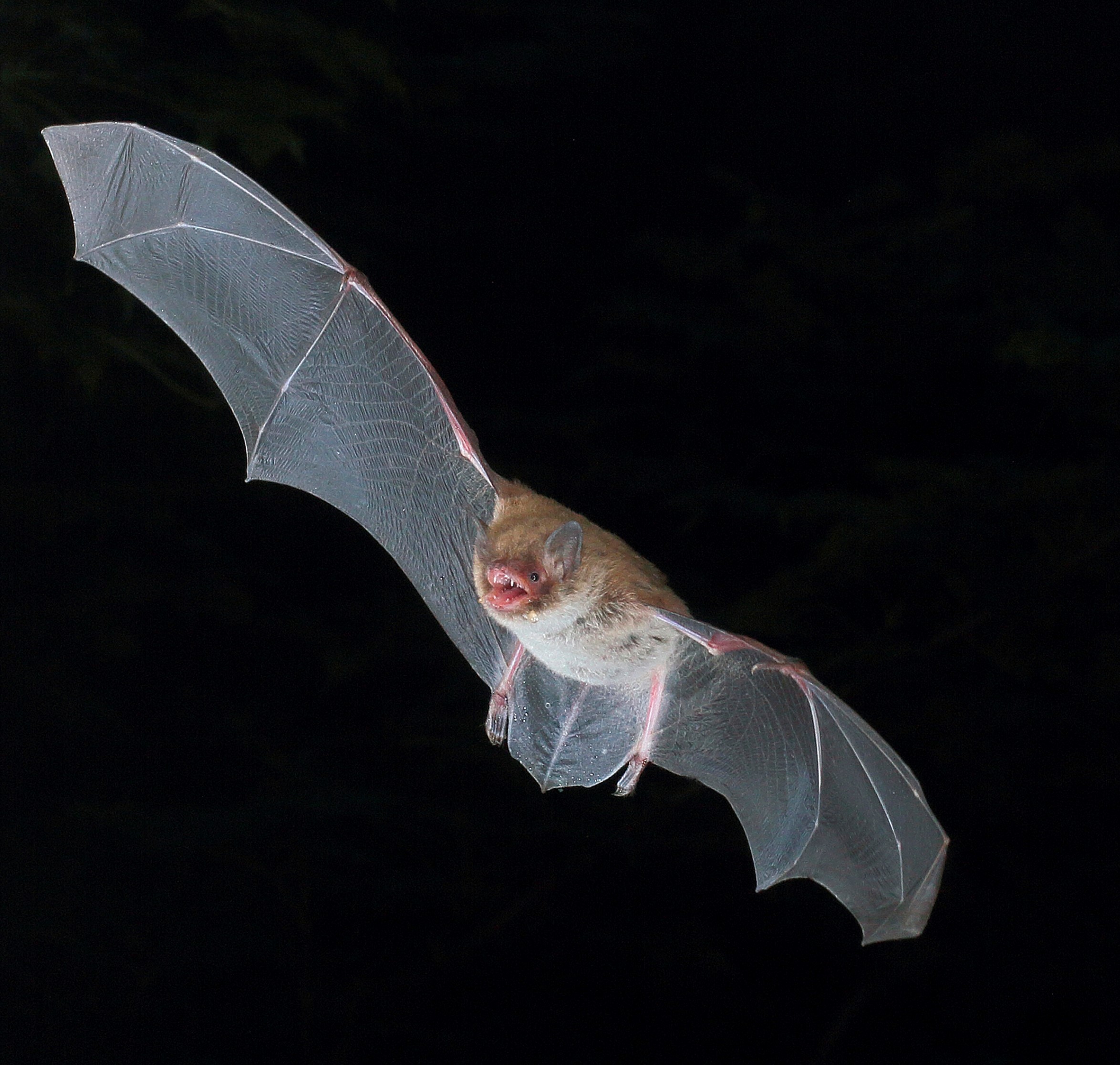Media release
From:
Peer-reviewed Experimental study Animals
Bats use death metal “growls” to make social calls
High-speed video shows vocal membranes and ventricular folds vibrate at different frequencies
Bats use distinct structures in the larynx to produce high-frequency echolocation calls and lower-frequency social calls, according to a study by Coen Elemans at the University of Southern Denmark and colleagues, publishing November 29th in the open access journal PLOS Biology. The structures used to make the low-pitched calls are analogous to those used by death metal vocalists in their growls.
Echolocating bats have an extremely large vocal range of 7 octaves, compared to just 3 to 4 octaves for most mammals, including humans. Their echolocating calls and social calls range between 1 and 120 kilohertz, making them unique among mammals. To understand how different vocal structures allow bats to create such a wide range of calls, researchers extracted the larynx from five adult Daubenton’s bats (Myotis daubentonii), mounted and filmed them at 250,000 frames per second while applying a flow of air to mimic natural vocalization. They then used machine learning to reconstruct the motion of vocal membranes that were obscured by other structures.
They found that air pressure generated self-sustaining vibrations in the vocal membrane at frequencies between 10 and 70 kilohertz, sufficient to produce high-frequency echolocation calls. In contrast, thick folds of membrane just above the vocal cords, called “ventricular folds,” vibrated at frequencies between 1 and 3 kilohertz, and are likely involved in producing the animals’ lower-frequency social calls. Some humans also use their ventricular folds to produce low-frequency vocalizations, such as death metal growls and Tuvan throat singing.
The study is the first to directly observe self-sustained vibrations in bat vocal structures that can generate echolocation and social calls. Natural selection to produce high-frequency calls for echolocating prey and much lower-frequency calls for social communication have created distinct evolutionary pressures that expanded the vocal range of bats, the authors say.
The authors add, “We show that bats vibrate extremely thin and light membranes extending from their vocal folds to make their high-frequency ultrasonic calls for echolocation. To extend their limited lower vocal range, bats make aggressive calls with their ventricular folds – as in death metal growls.”
#####



 International
International


